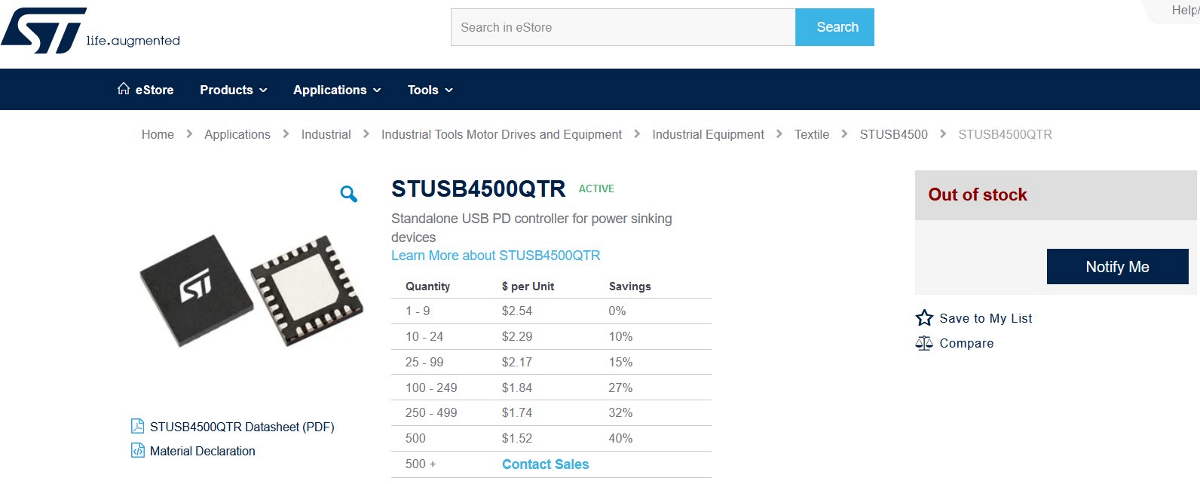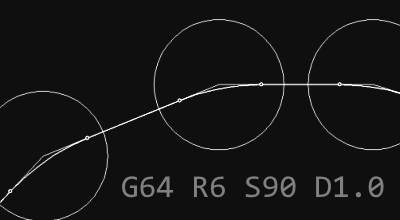Metabo / Cordless Alliance Systems
Power Source for AnywhereAmps
Status quo
I have used Metabo / CAS (Cordless Alliance System) batteries for both AnywhereAmps Alpha 1.0 and Alpha 1.1. The latter already uses the power supervisor IC MAX17562, protecting both battery and circuits from reverse current, overcurrent, and undervoltage.
Problem
Although using the power supervisor IC was a big leap forward, still it would be better if I was able to read battery state of charge directly. This wouldn’t just enable safe operation, but also allow auto-switching the amplifier off when the battery goes low without side effects like auto-restart when battery voltage jumps back up when load current drops on shutdown.

Discussion with Metabo/CAS
That’s why I contacted the Metabo CAS team, asking whether I could get some support and the specifications for communicating with the battery pack. I was quite happy to see that they respond really quickly, and soon I was on a phone call discussing the matter.
Outcome:
- Usage of CAS batteries in other devices than the alliance’s power tool families is considered a “hack” and thus wouldn’t be approved by Metabo
- Metabo is interested in cordless tools manufacturers to join their battery alliance, but my application in an amplifier is just too far away (Metabo’s slogan once was “Work, don’t play”)
- Metabo would expect me to produce 10k+ units per year before I could joind the alliance - which is just unrealistic
- I’d have to understand, but sharing the specifications and allowing me to use the interfaces would draw some of their resources while they wouldn’t have any expectations on return of invest
As disappointing 😔 as this is, it didn’t come totally unexpected. The engineer on the phone made time for me. He told me that they’d appreciate my enthusiasm about their battery systems very much and that I shouldn’t feel discouraged.
Well. Let’s talk about an
Alternative
I know only one other power standard also featuring battery powered systems that meets my expectations below.
Requirements
- “open enough” for my usage
- safe
- of high quality
- meets my purpose’s voltage and current demands
- widely available

USB Power Delivery
The standard is called USB Power Delivery. Although it went through my mind earlier, I never wanted to actually use this because it involves massive additional work.
USB Power Delivery uses a complex protocol to establish a power contract between source and sink devices. All this has to be developed, a specialized IC has to be selected and peripheral circuits need to be designed for this to make it work with my setup.
 😱 Oh no, they are out of stock!
😱 Oh no, they are out of stock!
I’ll write a separate blog post once I got a grip on this new subject.



